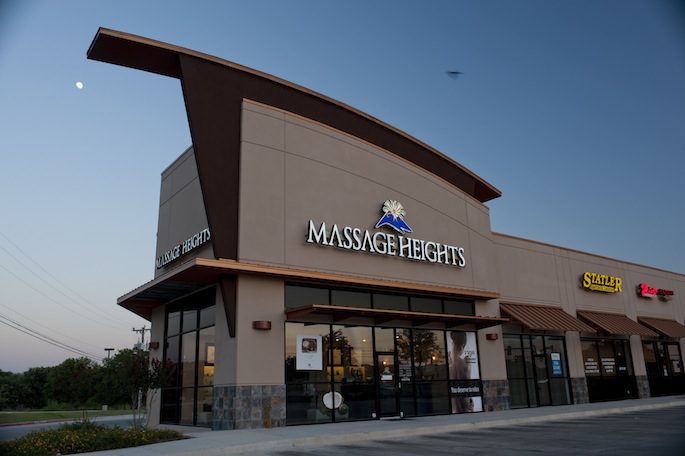Over the past few months, we’ve had an opportunity to look at three different franchises that came to us for help and dig into the various strategies that deal with franchise SEO. First, let’s define what a “franchise” is. A franchise is the right or license granted by a company (the “franchisor”) to an individual or group (the “franchisee”) to market its products or services in a specific territory. Many franchises like to control the marketing in terms of offers, promos, graphics, web design and other things, but allow the franchisee to customize certain things like pricing in their specific territory. Some franchises even require each franchisee to contribute between 1 and 3 percent of sales to a national marketing fund, which helps support and buy things like web maintenance and SEO.
The problem, however, has several components to it:
1) Branding vs. Locally-Targeted. Franchisors, for the most part, are brand marketers and are more interested in growing brand recognition (to sell more locations) than they are with super-targeted, locally-relevant content. This presents a challenge for SEO because optimizing around the main head terms don’t do much for local searches.
2) Co-op Marketing Dollars. The franchisees are not excited to put more of their gross sales into a “national marketing fund” – it feels more like they’re being nickel-and-dimed and maybe not receiving the full benefit of the fund.
3) Lack of Online Spend Locally. At the same time, the franchisees are not all willing to put forth a significant budget towards online marketing in their area, especially if there are other franchisees in the same market. The fear is that they don’t want to be paying to drive leads to their so-called competition down the road. Along these lines, the franchisees more or less expect natural lead flow (or foot traffic) into the business since they’ve bought into a brand name and a retail location.
4) Alternate Domains. For the more Internet-savvy franchisees who put up other vanity URLs, it turns out that the franchisor does not like the individual franchisee going “rogue” and creating these separate websites and URLs, since these could compete with the main website and the investment that has been poured into that as the main lead generation engine. However, some franchisors are okay with the franchisee setting up separate landing pages for PPC purposes that are outside the realm of the primary domain.
5) Limited Tracking & Analytics. If the franchisor forces the franchisee to use the main website and their location-specific page for marketing, there seems to be very limited analytics and tracking of leads because the franchisor might not have implemented a system where each location can get monthly detailed analytics, such as visits to the page, calls made, chats initiated or forms submitted.
Our analysis shows that the most ideal way to handle franchise SEO is to treat each location as a micro-site, instead of just a simple landing page within a subset of city and state location pages. We’re recommending to take it just a little further than the write up Matt Cutts did in 2010 about Pinkberry.
There are a number of benefits to this kind of set-up:
1) Each store can have their own content–not just pricing, but even article content, which avoids big time duplicate content issues down the road.
2) Each store can and should have their own social identities, particularly in markets with multiple locations. This not only creates an identity for the franchisee, but could also trigger multiple listings on a SERP – which is definitely good for the franchisor in terms of pushing out the competition. Also, use the location-specific URL in your profiles, not just the root domain. Users get frustrated when you dump them to the main page and force them to hunt all over the site for the right location.
3) This avoids the need for the franchisees to create “rogue” domains that dilute the SEO benefit of the root domain, and franchisors don’t need to (and shouldn’t) create duplicate websites and host them on different domains, just changing out a few elements of the content. An example would be SanAntonioAutoGlass.com, AustinAutoGlass.com, HoustonAutoGlass.com – all with the same exact design, page structure, content, etc. with just the address and phone number changing. SEO’s are generally against this kind of set-up for fear of duplicate content.
Potential Solutions
Solution #1 (most recommended): Franchise-Friendly CMS. Use a tool like www.empowerkit.com, which helps franchisors give the franchisee locations the ability to create pages, relevant content and SEO at a local level.
Solution #2 (somewhat recommended): Allow franchisees more control over their local pages on the main website. If you’re already heavily vested in your current web setup, perhaps giving the franchisee the option to create more keyword-targeted SEO pages or even PPC landing pages with the option to noindex/nofollow is a viable solution.
Solution #3 (least recommended): Allow franchisees to create their own domains in their own market. This is tough to control even if you have strict design guidelines, but could be a viable option depending on where the franchisor is in their life cycle. Most SEO’s will always recommend building the trust and authority on the root domain first, and then branch out to other niche segments with exact match domains. So this is an alternative, but we would probably push you on #1 or #2.
What franchise SEO challenges do you face? How have you planned around some of these challenges?

















